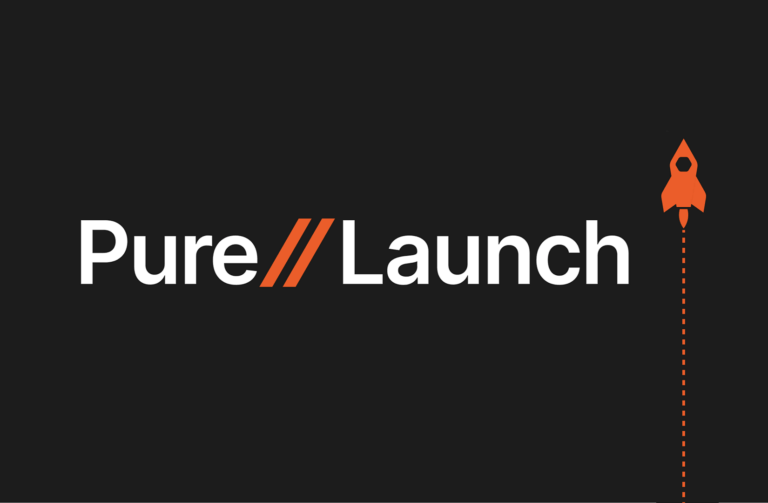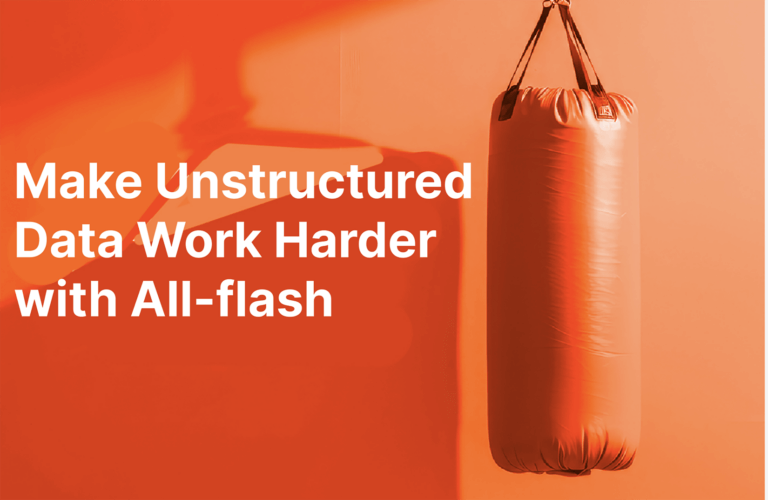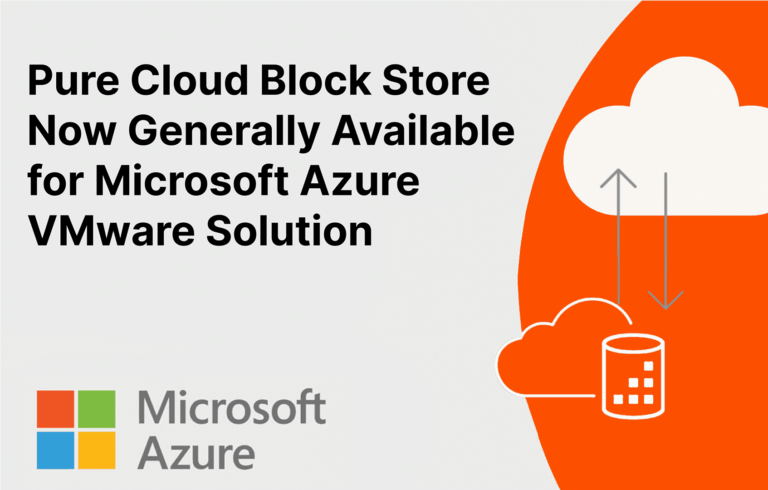When considering a cloud infrastructure implementation, it’s important to know what offerings are on the menu and which ones will get you where you want to go.
First, consider the taxonomies of cloud implementations
Here are some common cloud infrastructure implementations, defined:
- Private or on-premises cloud. Private or on-premises cloud is the delivery of a cloud-like experience with pay-as-you-go consumption-based billings for the infrastructure capacity consumed without capital expense (CAPEX) investments.
- Cloud adjacent or co-located cloud. A cloud-adjacent implementation places the infrastructure at a co-location or a digital infrastructure provider’s premises. Cloud adjacency results from the infrastructure, typically enterprise-class storage arrays, connected to a server instance at a hyperscaler cloud service provider, such as Amazon Web Services (AWS) or Microsoft Azure, via a fast and low-latency interconnection link such as Azure ExpressRoute.
- Hybrid cloud. A hybrid cloud is an infrastructure topology that combines an on-premises implementation with an extension to a public-cloud service provider (typically, a hyperscaler), enabling data and/or workload mobility between the two locations. A public cloud topology is an implementation exclusively on a hyperscaler’s premises.
NOTE: While Amazon refers to AWS Outposts as “hybrid cloud,” it’s really something else. It is more like “on-premises public cloud” because it isn’t an open platform; only AWS applications are supported by AWS Outposts.
Pure’s Evolution from Private Cloud to an All Cloud Provider
Pure has a proven track record of extending beyond traditional CAPEX storage sales to delivering a suite of consumption-based offerings across the full complement of cloud implementations above. With the introduction of Pure Storage on Equinix Metal, we provide a unique, end-to-end, “all cloud” storage infrastructure catalog for:
- On-premises
- Cloud adjacent (in partnership with Equinix), including bare metal and virtualized
- Hybrid cloud
How to Run Pure Storage on Equinix Metal
Delivered from Equinix data centers, the Pure solution provides a high-performance, on-demand data platform under a single as-a-service contract. It offers a complete compute, networking, and storage stack consumption service, with Pure as the storage partner.
The figure below highlights this solution’s topology:
Pure Storage on Equinix Metal delivers on three key value propositions:
- On-demand, full stack with disaggregated storage: Pure brings critical storage capabilities to Equinix Metal to round out their enterprise play on their open compute and network platform (which provides the core value propositions of hyperscale without the technology lock-in and multi-tenancy challenges). In contrast, some storage vendors are building their own siloed clouds in hopes of locking you in just like a hyperscaler—some on modified lease structures.
- Embedded vs. tenant: As the first storage as a service partner on Equinix Metal, Pure is embedded into Equinix’s vision of digital infrastructure services. Competing storage vendors are just tenants of Equinix’s real estate business.
- At the edge and in the edge: Pure Storage on Equinix Metal allows customers to leverage the on-demand compute and direct access capabilities of the Equinix Metal compute (aka bare metal), as well as hyperscale compute (virtual machines and cloud-native services) via Equinix Fabric.
The hyperscale compute option delivers the cloud-adjacent implementation as a choice for customers who want hyperscale compute price arbitrage but with an enterprise-class storage option that’s not hostage to hyperscaler infrastructure with the associated egress.
Pure Storage on Equinix Metal can be seamlessly and simultaneously connected to local “Metal” compute, as well as to hyperscaler compute such as Azure and Oracle Cloud, to provide infinite scale and fully deliver the “hybrid multi-cloud” that is becoming the preferred model of the enterprise.
Many storage infrastructure vendors have different and potentially confusing services in the cloud and in data centers, without a seamless interconnect model. When shopping around, consider if they have a strategy that truly helps you and delivers what you need. Or are they just delivering outdated hardware and modified leasing programs that require extra services to make it work?







